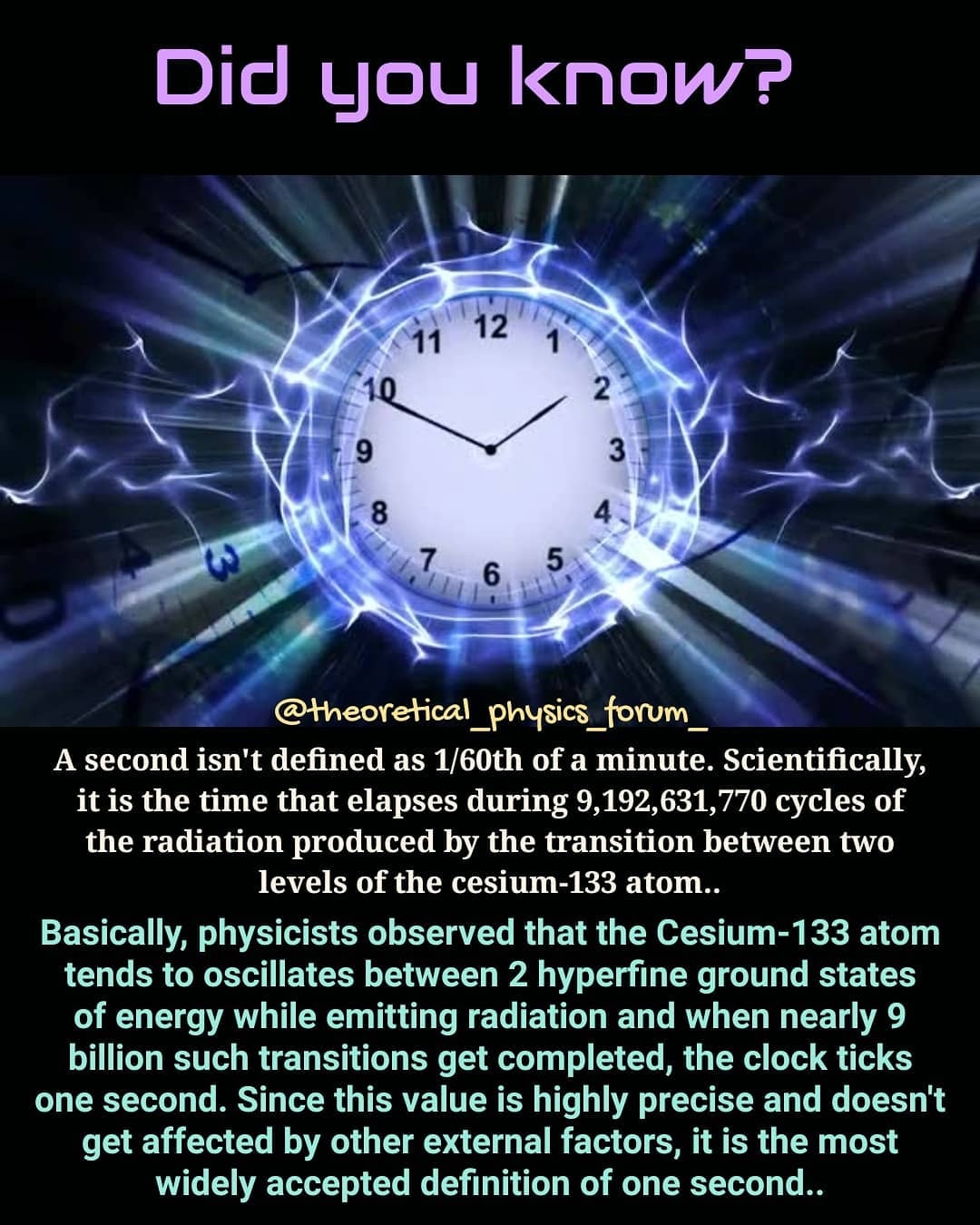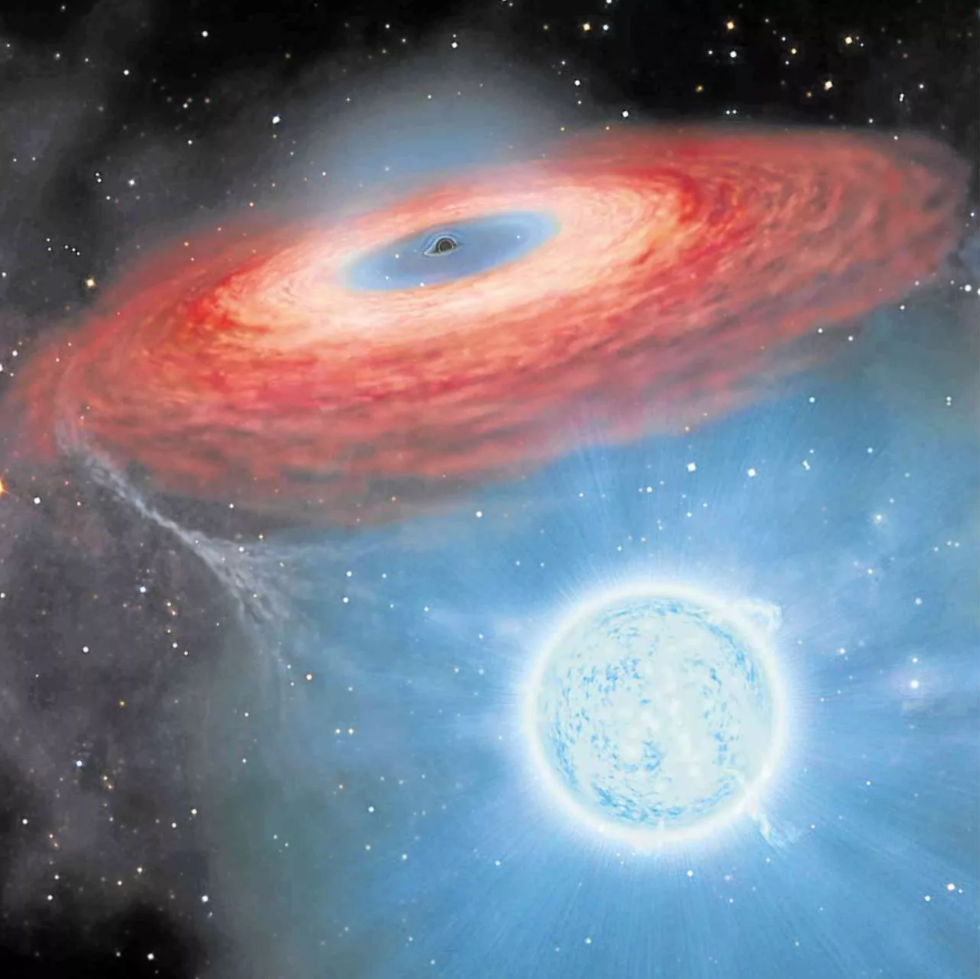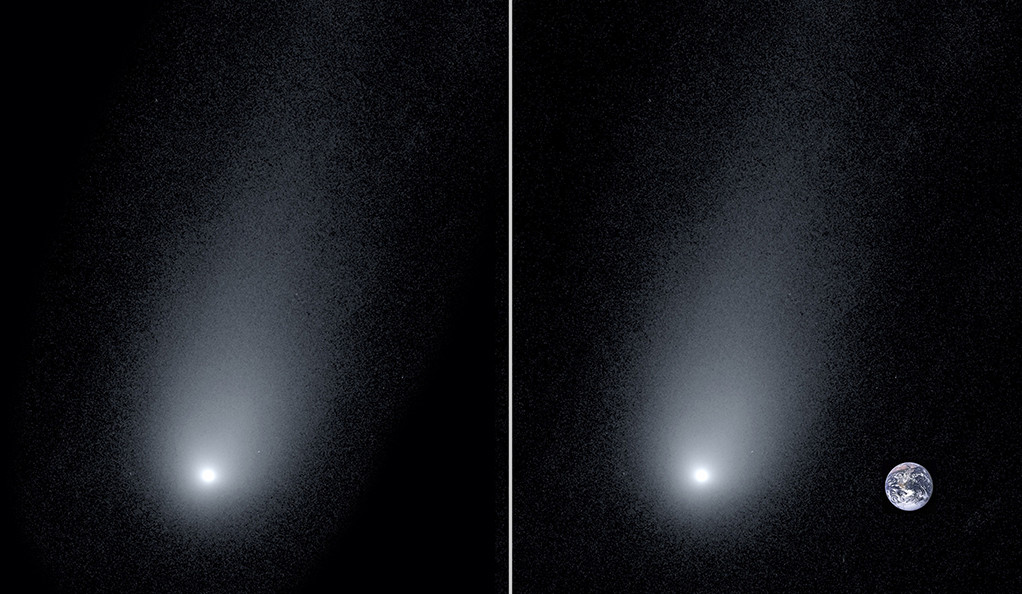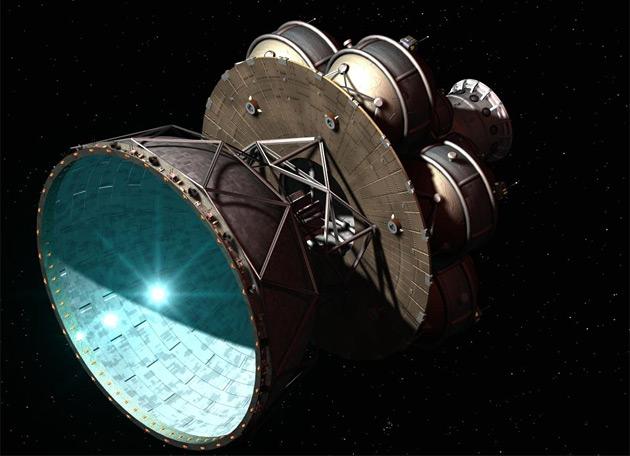 Credit: IG @theoretical_physics_forum
Credit: IG @theoretical_physics_forum
 An illustration of the LB-1 black hole. Image: Beijing Planetarium/Chinese Academy of Sciences
An illustration of the LB-1 black hole. Image: Beijing Planetarium/Chinese Academy of Sciences
Read more: Scientists find stellar black hole that's 3.5x the known mass limit
 Left: A new image of the interstellar comet 2l/Borisov. Right: A composite image of the comet with a photo of the Earth to show scale. (Pieter van Dokkum, Cheng-Han Hsieh, Shany Danieli, Gregory Laughlin)
Left: A new image of the interstellar comet 2l/Borisov. Right: A composite image of the comet with a photo of the Earth to show scale. (Pieter van Dokkum, Cheng-Han Hsieh, Shany Danieli, Gregory Laughlin)
Read more: Astronomers in Hawaii Capture Sensational Image of Approaching Interstellar Comet
 Image credit: Wired
Image credit: Wired
Our present space technology has just put its first step outside our heliopause. With 2012, Voyager will be the first manmade object to exit our Solar System for the first time. As space technology develops and as the future of humanity demands more and more; the only way that the humanity can expand would be toward the stars. Even though this may seem to be a dream at this point, the continuing trend in the technology suggests that this will be possible in the next century or towards the end of the 21st century.
Read more: Interstellar Spaceflight Using Nuclear Propulsion
